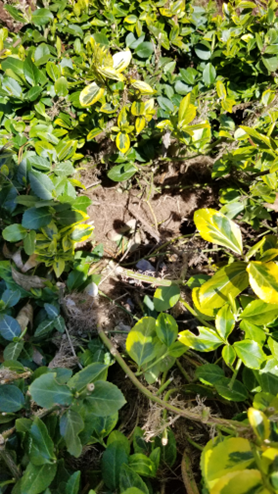What is the large, hairy, tan-colored growth inside several of our established climbing Euonymus?
The large, hairy, tan-colored growth inside established climbing Euonymus are aerial roots.
Aerial roots are a notable feature found in certain vining species, such as varieties of climbing, or winter creeper Euonymus (Euonymus fortunei). These roots, often resembling furry or hairy coverings, are a specialized form of adventitious roots. Unlike typical roots that primarily anchor a plant in soil, adventitious roots emerge from above-ground parts of the plant, such as stems or leaves, serving unique functions like climbing and anchoring.
In certain vining species including climbing Euonymus, adventitious roots develop along the stems. These roots demonstrate a remarkable ability to emerge from different points along the stem, not just from the base. When these vining stems encounter a suitable surface — like a tree trunk or a wall — the adventitious roots extend and attach themselves securely. This attachment is vital for the plant's ability to climb and support itself as it grows.

Euonymus. Photo: J. Amerault, Milford, NH
The furry or hairy appearance of these adventitious roots is often attributed to the presence of tiny root hairs, which play essential roles in absorbing water and nutrients from the surrounding environment. Additionally, these hairs enhance the plant's ability to grip surfaces securely. By utilizing these aerial roots effectively, the plant gains stability and support as it reaches upward toward sunlight.
This unique adaptation enables climbing Euonymus plants to flourish in various habitats, particularly where vertical support is limited. The development of adventitious roots along the stems provides these plants with a strategic advantage, enabling them to exploit diverse surfaces for climbing and achieving optimal light exposure. For this reason, careful management to prevent uncontrolled spread of this aggressive species is warranted.
It should be noted that Euonymus fortunei is included in the New Hampshire Plant Species Watch List for invasive species and is discouraged from being planted.
Do you love learning about stuff like this?
SUBSCRIBE TO Granite State Gardening newsletter
Got questions? The UNH Extension Yard and Garden Infoline offers practical help finding answers for your yard and garden questions.
Call toll free at 1-877-398-4769, Monday to Friday, 9 a.m. to 2 p.m., or fill out webform.

